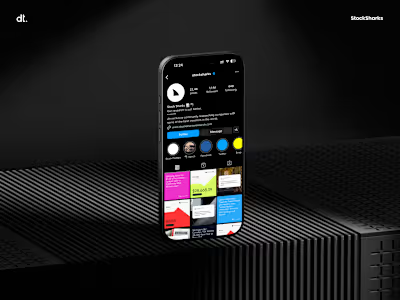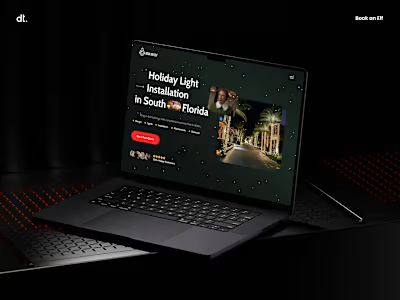Built with Framer
Templates | Framer Development
Overview
We create modern Framer templates that are fast, responsive, and easy to customize.
We're proven Framer experts who focus on clean design, smart structure, and smooth interactions.
Our templates help startups, agencies, and creators launch beautiful websites — without the technical overhead. Everything is optimized for performance, scalability, and a seamless user experience.
🔗 Framer experts: Ditych.
Like this project
Posted Dec 23, 2024
Our templates help startups, agencies, and creators launch websites, without the technical overhead. Everything is optimized for a seamless user experience.
Likes
1
Views
37







